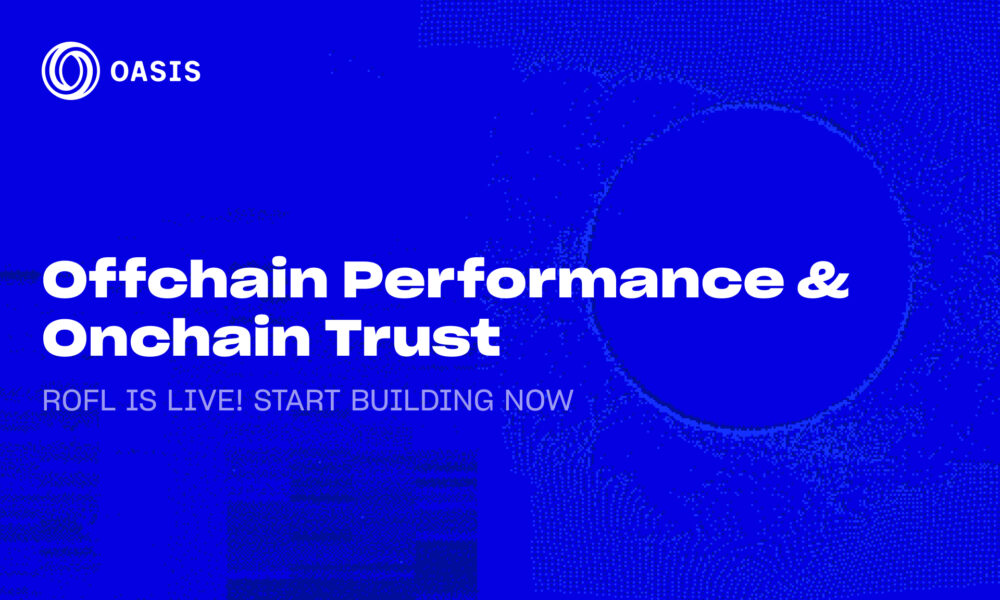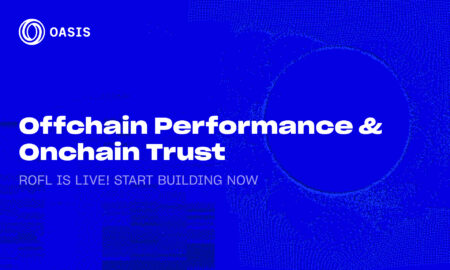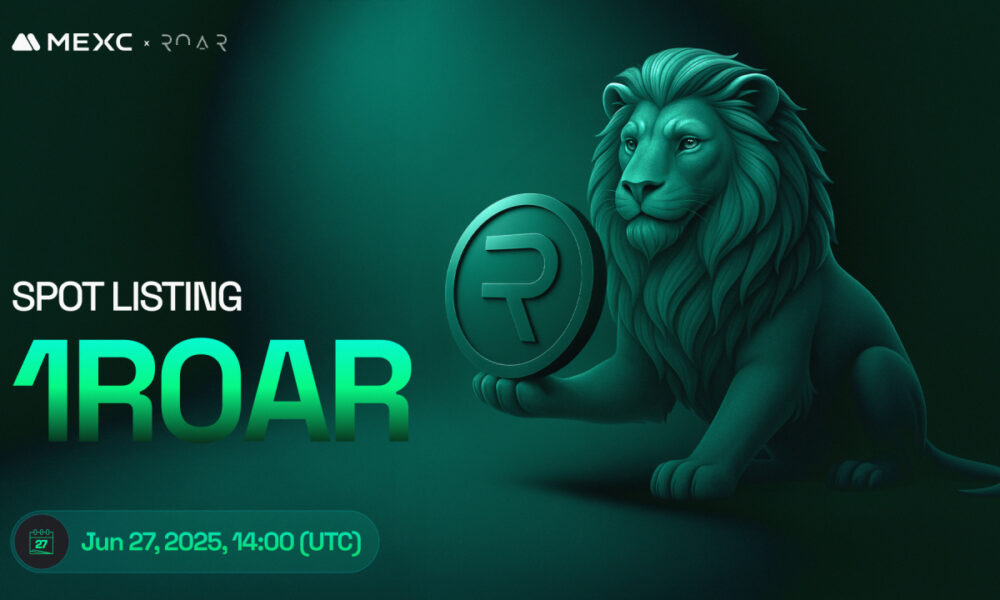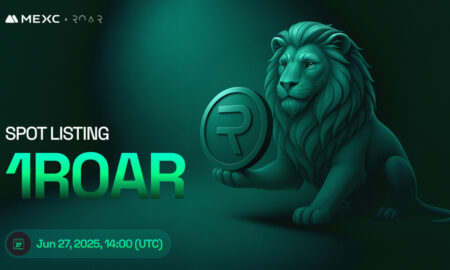In today’s B2B landscape, the traditional approach to lead generation faces a fundamental challenge: buyer psychology has evolved dramatically, but many lead capture methods remain rooted in outdated assumptions. Understanding and adapting to these psychological shifts isn’t just about improving conversion rates—it’s about aligning your entire lead generation strategy with how modern B2B decision-makers actually think and behave. As we move toward 2025, this alignment becomes increasingly critical for business success.
The Transformed B2B Buyer Journey
The B2B buying journey has undergone a seismic shift. Today’s buyers demand autonomy in their research process and resist traditional sales engagement methods. This transformation manifests in several key ways that directly impact lead generation strategy.
Autonomous Research Dominance
Modern B2B buyers conduct extensive independent research before engaging with vendors. This shift toward self-directed exploration means that when a potential buyer encounters your lead capture touchpoint, they’re likely already well-informed about their needs and potential solutions. However, this creates a new challenge: how to provide value during the capture process itself.
The implications of this autonomous research trend extend beyond just the initial interaction. Buyers expect vendors to acknowledge and build upon their existing knowledge rather than treating them as blank slates. This requires sophisticated lead capture mechanisms that can adapt to varying levels of buyer knowledge and engagement.
The Committee Complex
B2B purchases rarely come down to a single decision-maker. Instead, buying committees comprising various stakeholders with different priorities evaluate potential solutions. This complexity demands lead capture methods that acknowledge and accommodate multiple decision influencers while maintaining engagement.
The challenge lies in creating lead generation processes that:
- Capture relevant information for multiple stakeholders
- Maintain engagement across different roles
- Provide value to diverse decision-makers
- Support information sharing within committees
Digital-First Expectations
Modern B2B buyers bring their B2C digital experiences into their professional purchasing decisions. They expect:
- Seamless digital interactions
- Immediate access to information
- Personalized experiences
- Cross-platform consistency
Psychological Drivers of Modern Lead Generation
Understanding the psychological principles that drive modern B2B buying behavior reveals clear imperatives for lead generation strategy.
The Self-Service Imperative
Today’s B2B buyers expect control over their information-gathering process. This shift has profound implications for how we approach lead capture. Modern solutions to build lead capture forms must balance the need for information collection with buyer autonomy, creating experiences that feel more like value exchange than data extraction.
The self-service mindset requires:
- Intuitive navigation structures
- Clear value propositions
- Transparent next steps
- Control over information sharing
- Flexible engagement options
Trust Through Transparency
B2B buyers are increasingly sophisticated in their evaluation of potential vendors. They expect transparency in data collection and clear value propositions before sharing their information. This psychological need for trust manifests in several key requirements:
- Clear articulation of value exchange
- Transparent data usage policies
- Progressive information gathering
- Immediate value delivery
- Visible security measures
- Privacy commitment demonstrations
The Reciprocity Principle
Modern B2B buyers operate on a principle of reciprocity. They expect value in exchange for their information and engagement. This creates a need for:
- Immediate value delivery
- Clear benefit articulation
- Tangible exchange propositions
- Ongoing value demonstration
Implementing Psychology-Driven Lead Generation
Transforming these insights into practical lead generation strategies requires a systematic approach focused on buyer psychology.
Value-First Capture
Modern lead generation must lead with value rather than extraction. This means:
- Providing immediate value before requesting information:
- Educational content access
- Interactive tools
- Valuable insights
- Practical resources
- Using progressive profiling to gather data gradually:
- Starting with minimal information
- Building profiles over time
- Adapting to engagement levels
- Respecting privacy preferences
- Maintaining engagement through meaningful interactions:
- Regular value delivery
- Personalized content
- Relevant updates
- Engagement opportunities
- Respecting buyer autonomy throughout the process:
- Control over sharing
- Clear opt-out options
- Preference management
- Information control
Mobile-First Psychology
The psychological impact of mobile device usage on B2B decision-making cannot be overstated. Buyers expect seamless experiences across devices, with mobile often serving as the first touch point. This requires:
- Intuitive mobile form experiences:
- Touch-optimized interfaces
- Simplified input methods
- Clear visual hierarchy
- Minimal friction points
- Performance optimization:
- Quick-load interfaces
- Efficient data handling
- Smooth transitions
- Reliable functionality
- Cross-device continuity:
- Seamless transitions
- Consistent experiences
- Data persistence
- Progress saving
The Trust-Building Framework
Building trust through lead capture requires a structured approach that acknowledges modern buyer psychology.
Transparency in Practice
Effective lead generation builds trust through:
- Clear value propositions:
- Benefit articulation
- Outcome clarity
- Value demonstration
- Return on investment
- Data handling transparency:
- Usage policies
- Security measures
- Privacy commitments
- Control mechanisms
- Engagement clarity:
- Next steps
- Timeline expectations
- Process transparency
- Support availability
Progressive Engagement
Modern buyers respond better to gradual engagement that builds trust over time:
- Initial engagement:
- Low-commitment options
- Value-first interactions
- Clear next steps
- Easy entry points
- Relationship development:
- Regular value delivery
- Consistent engagement
- Trust building
- Relationship nurturing
- Long-term cultivation:
- Ongoing value
- Partnership development
- Growth opportunities
- Strategic alignment
Future-Proofing Your Lead Generation Strategy
As B2B buyer psychology continues to evolve, lead generation strategies must adapt accordingly.
Emerging Considerations
Several key factors will shape the future of B2B lead generation:
- Privacy evolution:
- Stricter regulations
- Higher expectations
- Greater control needs
- Transparency demands
- Technology integration:
- AI-driven personalization
- Automated engagement
- Predictive analytics
- Smart optimization
- Experience expectations:
- Seamless interactions
- Personalized journeys
- Immediate value
- Consistent engagement
Strategic Adaptation
To remain effective, lead generation strategies must:
- Embrace buyer psychology:
- Understanding motivations
- Addressing concerns
- Meeting expectations
- Building trust
- Leverage technology appropriately:
- Smart automation
- Personalization tools
- Analytics utilization
- Integration capabilities
- Maintain human connection:
- Personal touch points
- Authentic engagement
- Relationship building
- Value delivery
Conclusion
The psychology of modern B2B buyers demands a fundamental rethinking of lead generation strategies. Success requires aligning capture methods with how buyers actually think and behave, emphasizing trust, transparency, and value exchange. Organizations that adapt their approach to these psychological realities will find themselves better positioned to engage and convert modern B2B buyers effectively.
The key to success lies in understanding that lead generation isn’t just about collecting information—it’s about creating experiences that respect and respond to the psychology of modern B2B decision-makers. By implementing these insights thoughtfully, organizations can create lead generation processes that better serve both their prospects and their own growth objectives.





























